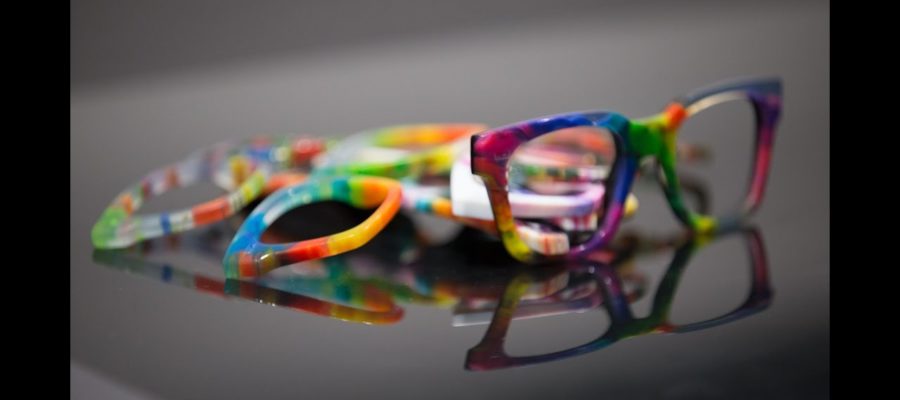How Safilo Eyewear is using Stratasys 3D Printing
Product Development
Originating in 1878, Safilo has established itself as the second-largest global producer of eyewear. The company is world renowned by servicing over 90,000 stores in 130 countries and with a portfolio that boasts 25 of the world’s most reputable luxury brands such as Dior, Fendi, Jimmy Choo and Hugo Boss. With an eye for exemplary craftsmanship and carrying a variety of products ranging from sunglasses to prescription lenses, Safilo prides themselves with the highest standard in manufacturing eyewear throughout the entire design process from prototyping to the final product. Before exploring additive manufacturing technologies, Safilo constructed its concept prototypes using a traditional CNC machine. These would then be used as a template for workers to use towards developing actual prototypes. This slow and inefficient process resulted in lengthy lead times and higher production costs if mistakes or multiple iterations were required.
Prototyping with 3D Printers enables immediate Decision-making
In an effort to not only innovate but also reinvent their manufacturing and design process, Safilo used the Stratasys J750 3D printer to streamline their prototyping stage. With the benefits of having a full color, multi-material 3D printer, Safilo was also able to create more realistic prototypes as opposed to using traditional methods. The large build tray of the printer allows for a larger capacity of simultaneous prints, meaning the company could produce multiple variations of frames in a single print job. With the increase in efficiency and productivity, Safilo was able to cut costs and save time throughout the design process using the Stratasys J750 3D printer.
Daniel Tomasin, the Product Sample Coordinator at Safilo states, “The ability to have our 3D printed concept prototypes mimic the exact same color and texture as the finished product has significantly accelerated the development of new eyeglass frames.” He adds, “In fact, with the removal of painting from the process, we can quickly respond to market trends and reduce our prototyping cycle from 15 hours to just 3 hours. This has slashed our developmental turnaround time by 60%, excluding post-processing, allowing us to accelerate our time-to- market and maintain our competitive edge with the launch of the latest fashion eyewear.”
“With 3D printing, we can play with textures and transparency, as well as blending a wide gamut of colors to achieve an incredible result, quickly and cost-effectively,” says Luca Bordin, a 3D Modeling Specialist at Safilo. He continues, “This ability to iterate often without incurring expensive costs allows us to perfect our design early in the design cycle. This arms us to not only dramatically reduce our turnaround time, but helps improve communication with the designers, enabling us to achieve the best product possible.”

More design variety, more creativity
Using the time and resources salvaged by using the J750 3D printer, Safilo was able to redirect those assets towards designer’s creative freedom. David Iarossi who works as a Creative Designer and Associate Director for Carrera, Givenchy and Havanianas writes, “This is the start of a new age for designers. Thanks to the ability of Stratasys’ full color, multi-material J750 to combine an endless gamut of striking colors with varying levels of transparency, we can produce a number of completely different frames and secure levels of product personalization that were previously unattainable.” He then adds, “As you can imagine, in the eyewear industry, personalization is key.”
“Stratasys 3D printing is fantastic. The frames surpass those produced manually, particularly as we no longer need to worry about the paint fading since the color is integrated into the 3D printed frame. Stratasys full color, multi-material 3D printing has unleashed a fresh dimension of creativity and faster route-to- market than our previous methods allowed,” he concludes.
| METHOD | TIME SAVINGS |
| Old Workflow (Handmade Prototype) |
15hrs Develop + 3hrs Finishing = 18hrs |
| New Workflow (3D Printed Prototype) |
3hrs Printing + 3hrs Finishing = 6hrs |
| Savings | 12hrs | 66% |
